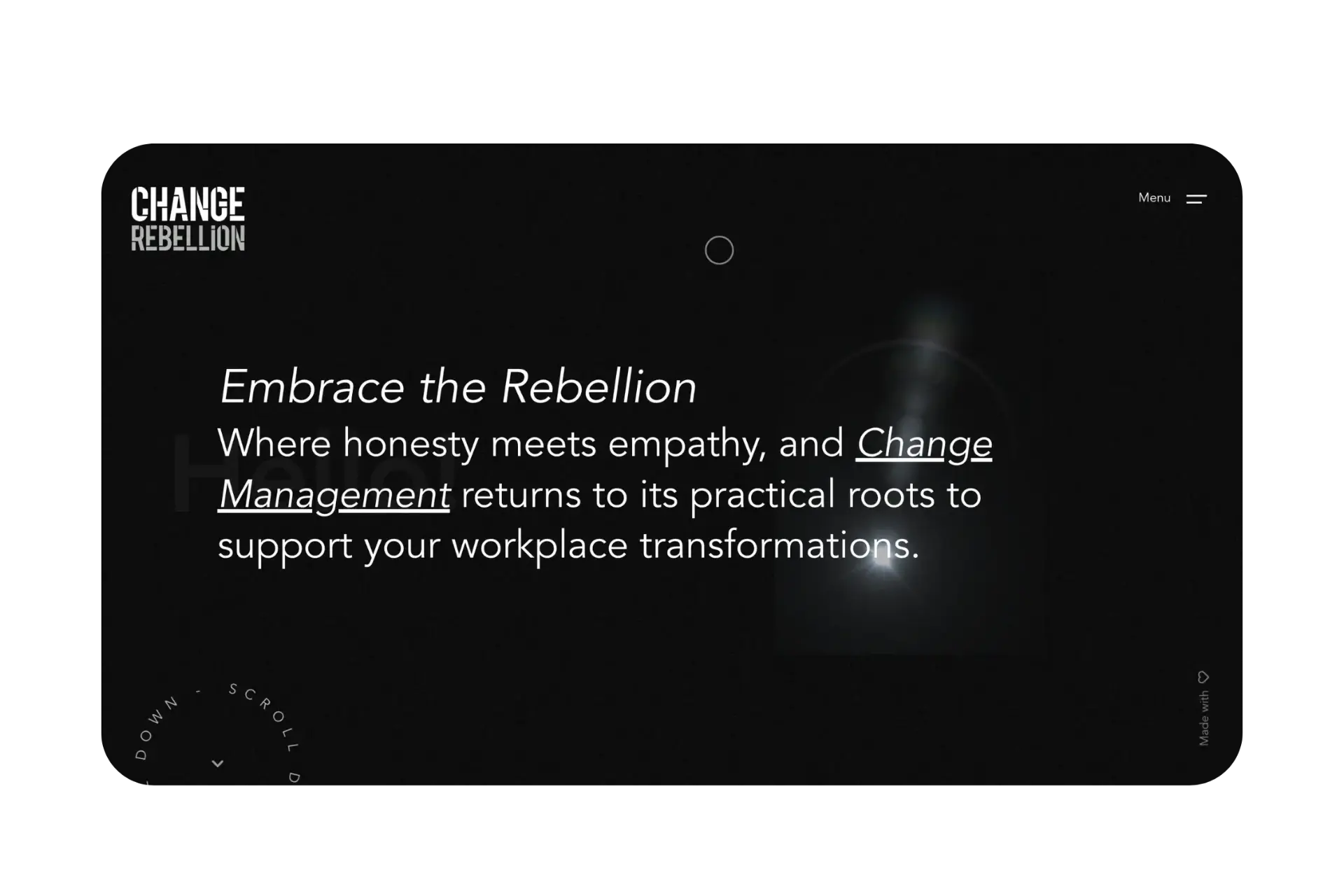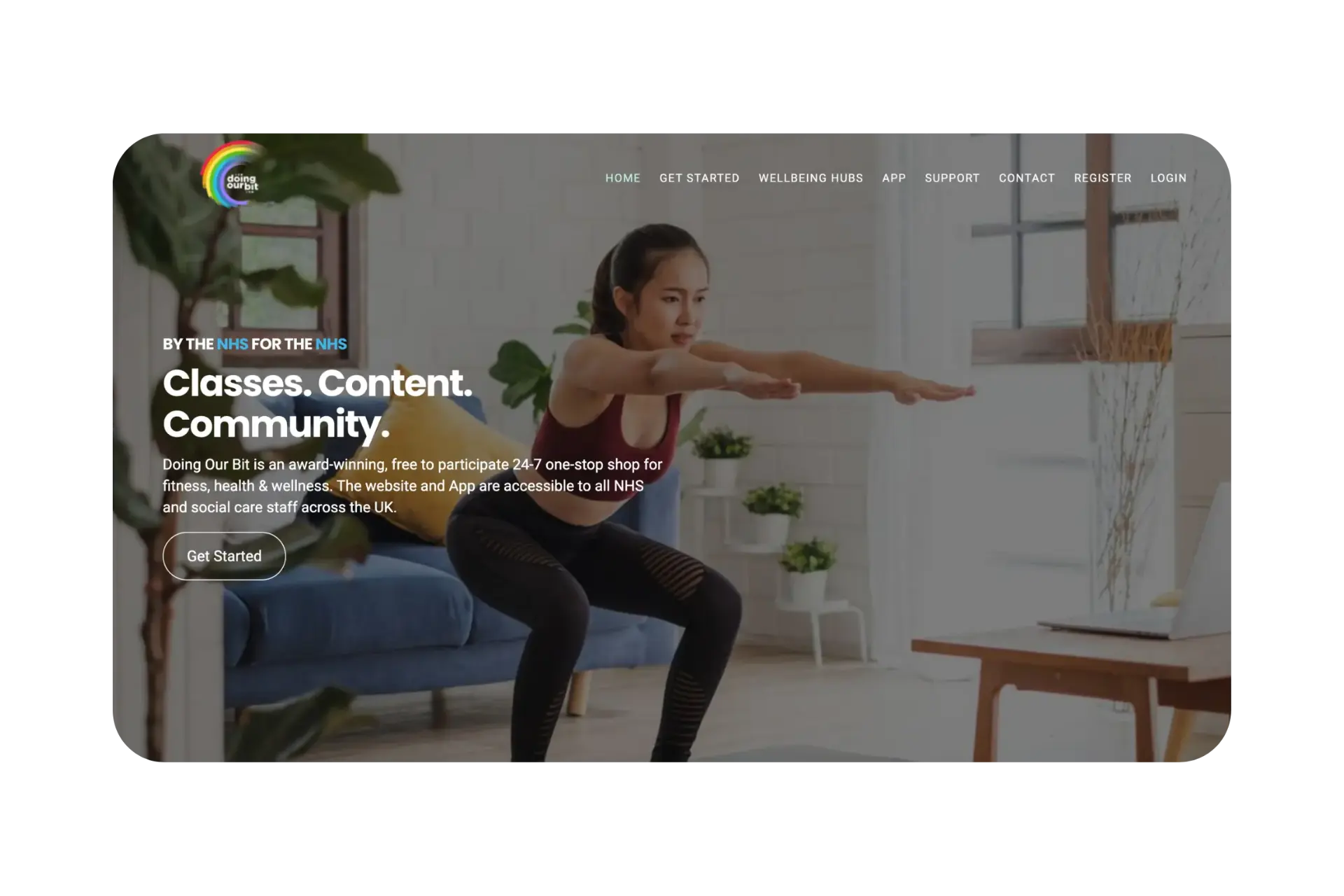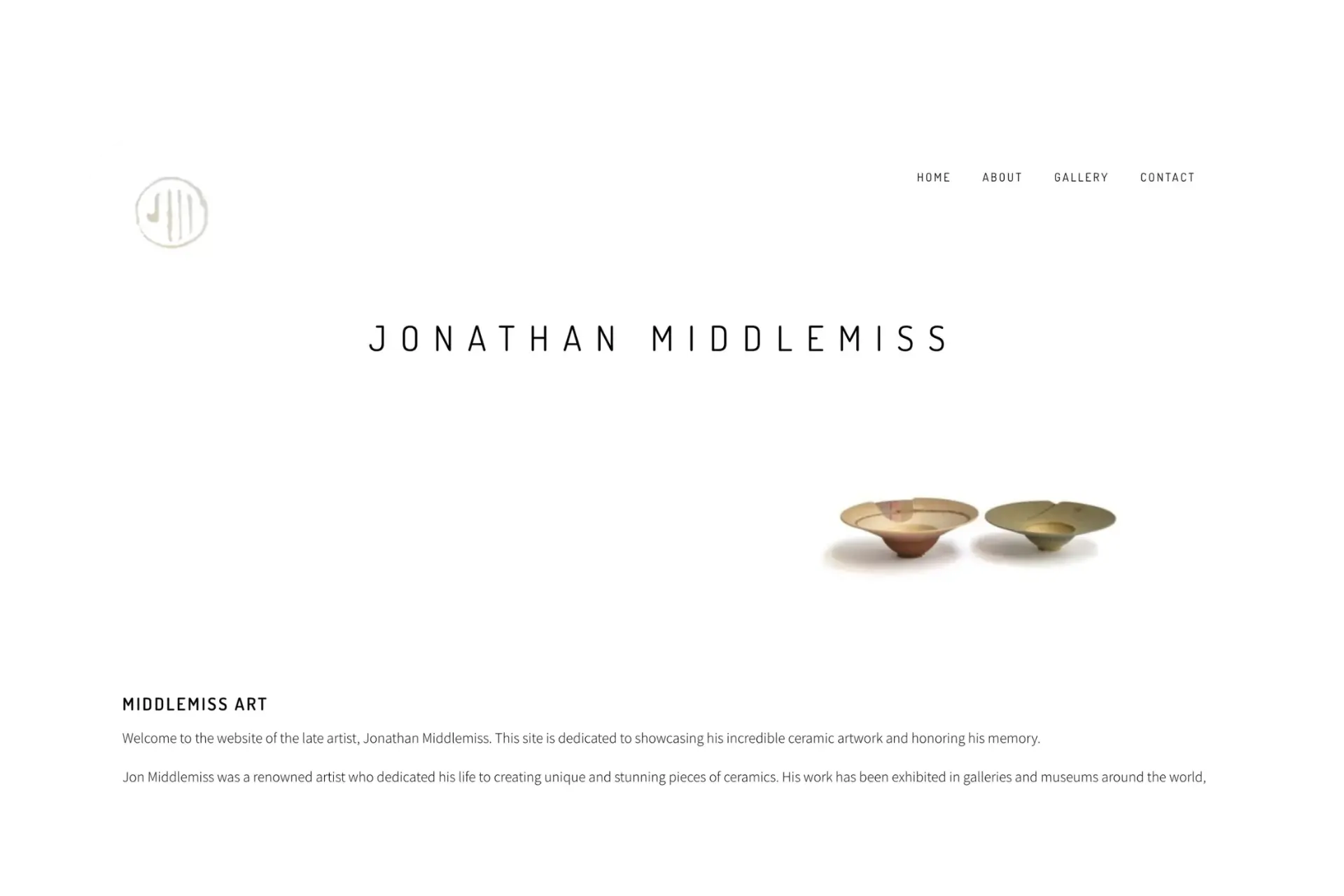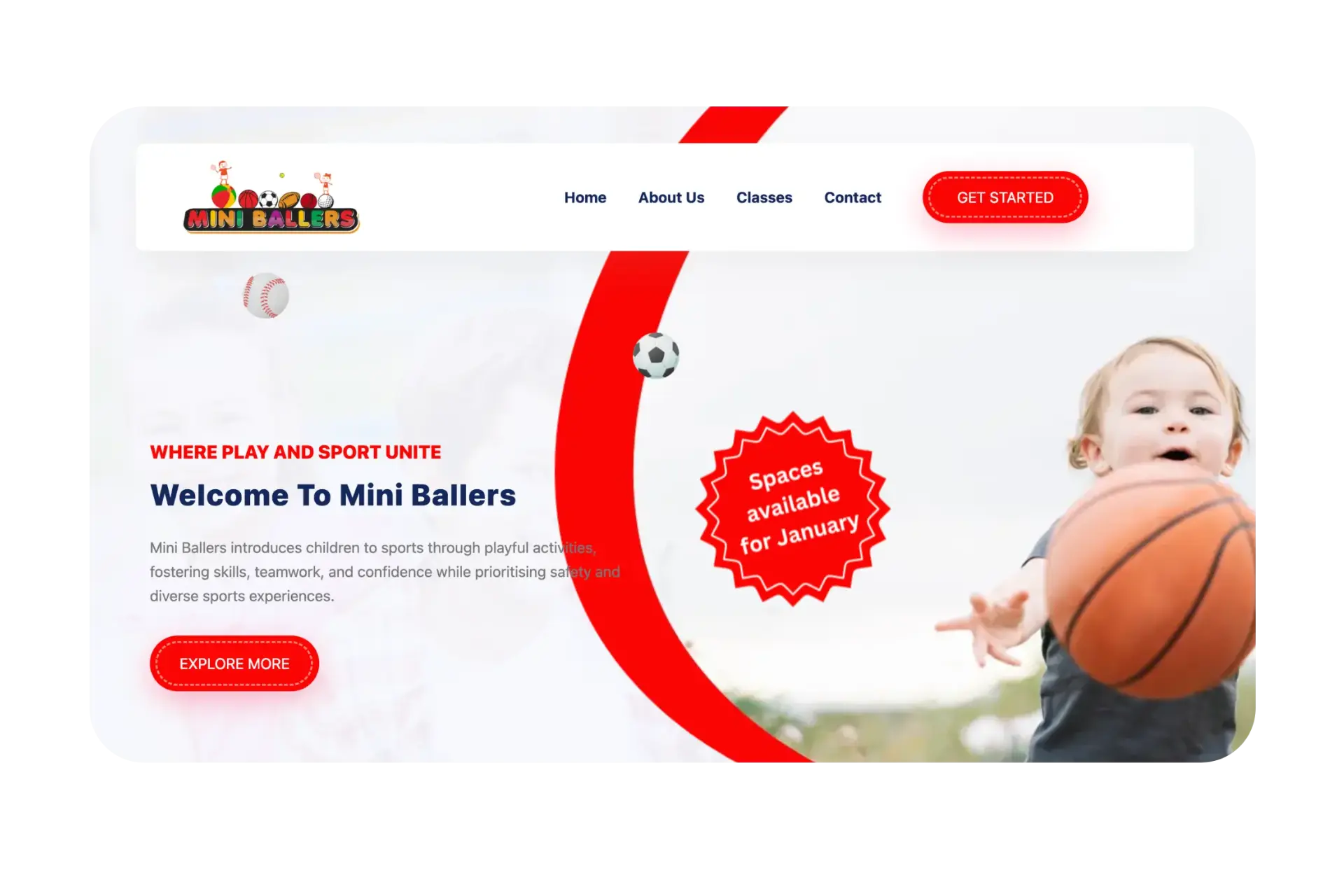In today's dynamic digital landscape, establishing a meaningful online presence is of utmost importance. The concept of web design has evolved to include accessibility as a fundamental aspect, ensuring that websites are inclusive and user-friendly for all individuals. This shift towards accessible web design reflects a commitment to making the internet a space where everyone, regardless of their abilities, can engage, interact, and derive value.
Incorporating Universal Design Principles
Accessible web design revolves around the implementation of universal design principles that prioritise usability and inclusivity. It goes beyond aesthetics, focusing on creating websites that can be navigated and understood by people with various disabilities. This involves considerations for individuals with visual impairments, hearing limitations, motor skill challenges, cognitive differences, and more.
Enhancing Visual Accessibility
Incorporating visual accessibility means designing websites that are comprehensible even for those with visual impairments. This can include using descriptive alternative text for images, ensuring proper colour contrast for text readability, and adopting responsive design to accommodate various screen sizes and devices. Additionally, resizable fonts and clear typography contribute to a more comfortable browsing experience.
Prioritising Keyboard Navigation
Keyboard navigation is a critical aspect of accessibility, catering to users who rely on keyboard input instead of a traditional mouse. Designing websites that can be navigated seamlessly using keyboard commands ensures that individuals with motor disabilities can interact with content effortlessly. Skip navigation links, logical tab orders, and interactive elements that are easy to access via keyboard are essential components of this approach.
Incorporating Assistive Technologies
Web designers focused on accessibility are also mindful of assistive technologies such as screen readers and speech recognition software. These tools provide an auditory or alternative means of interaction for individuals who are blind or have difficulty using traditional interfaces. Ensuring that websites are compatible with such technologies involves using semantic HTML, providing informative labels, and structuring content logically.
Capturing the Essence of Inclusivity
Accessible web design goes beyond mere compliance with guidelines; it's about embracing the essence of inclusivity. When designing websites, the goal is to create an environment where everyone feels valued and engaged. This mindset encourages designers to view accessibility not as an afterthought, but as a core principle that drives the entire design process.
Embracing accessible web design yields benefits for businesses and users alike. Businesses that prioritise accessibility demonstrate social responsibility and expand their potential customer base. Accessible websites are also more discoverable in search engines, contributing to improved search engine optimisation (SEO). Moreover, creating an inclusive digital experience fosters positive brand perception and customer loyalty.
For users, accessible websites empower them to independently engage with digital content, whether it's making online purchases, accessing information, or participating in online communities. Accessible design enhances usability for all users, not just those with disabilities, leading to a more enjoyable and efficient browsing experience.
The journey towards accessible web design signifies a commitment to digital inclusion and equal opportunities for all. By incorporating universal design principles, prioritising visual accessibility, ensuring keyboard navigation, and accommodating assistive technologies, designers can craft websites that resonate with a diverse audience. Accessible web design is a testament to the power of technology to bridge gaps, remove barriers, and create a virtual world where everyone can participate and thrive.




